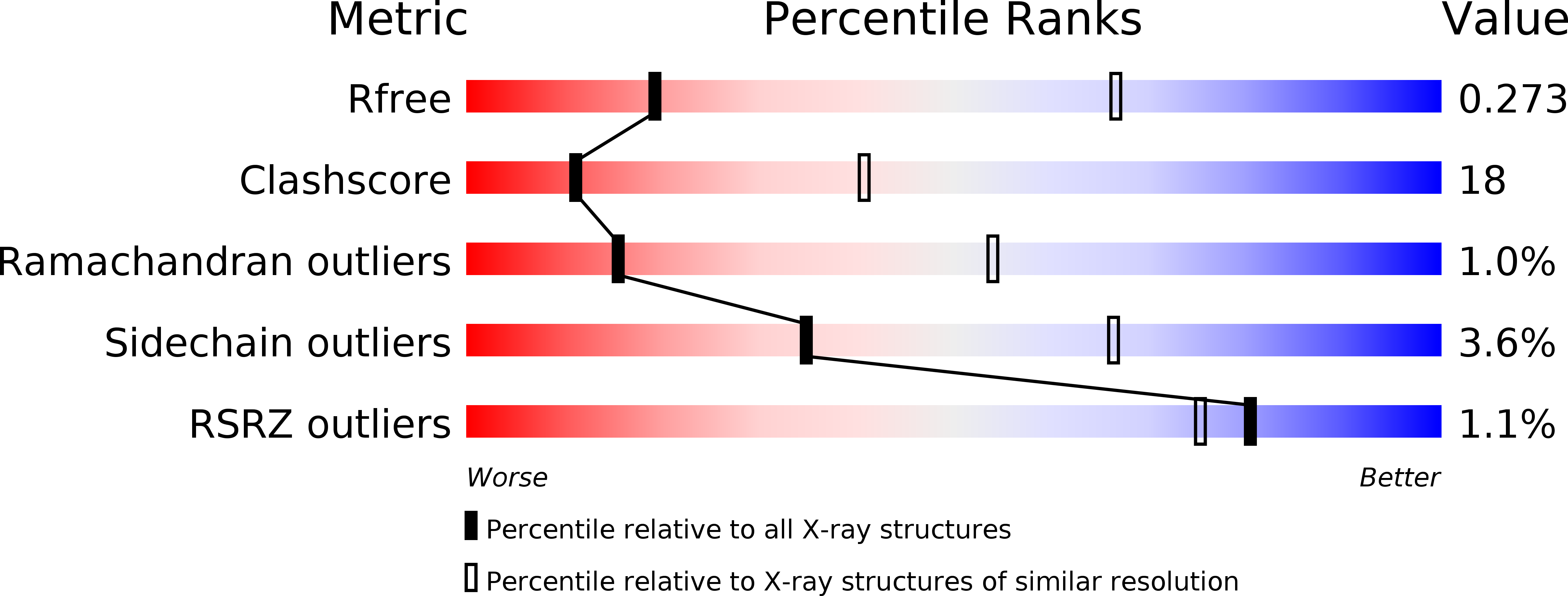
Deposition Date
2004-05-17
Release Date
2004-07-27
Last Version Date
2024-04-03
Entry Detail
PDB ID:
1WDL
Keywords:
Title:
fatty acid beta-oxidation multienzyme complex from Pseudomonas fragi, form II (native4)
Biological Source:
Source Organism:
Pseudomonas fragi (Taxon ID: 296)
Host Organism:
Method Details:
Experimental Method:
Resolution:
3.50 Å
R-Value Free:
0.28
R-Value Work:
0.23
R-Value Observed:
0.23
Space Group:
P 21 21 21


